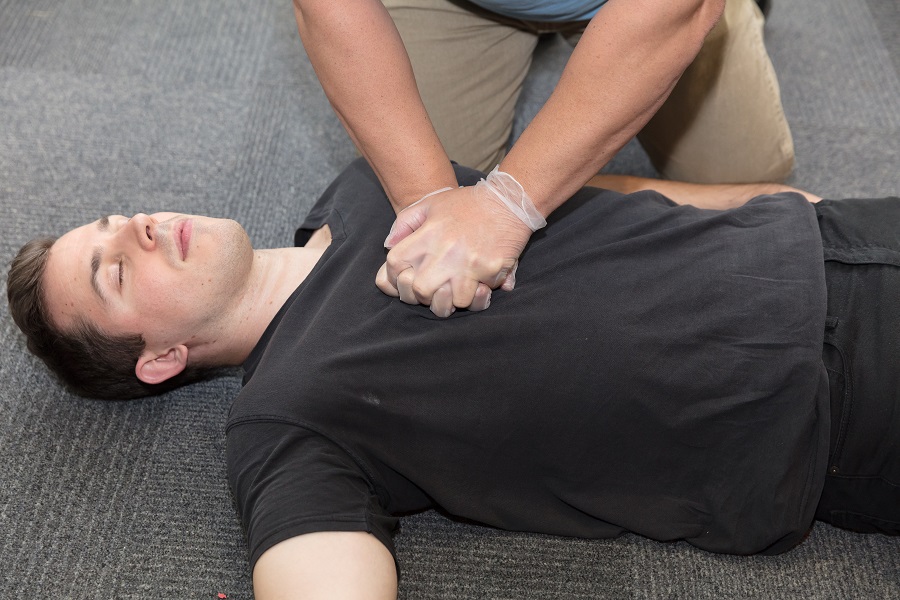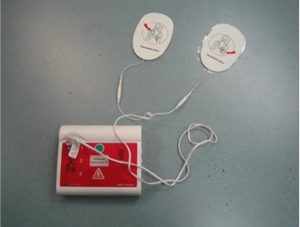While playing tag together with his friends on Wilfrid Walker’s school playground 3 years ago, Benjamin Fizzard collapsed unconscious to the ground.
The consciousness of the 7-year old was restored without requiring CPR but was rushed to a healthcare facility and equipped with an internal cardiac defibrillator and pacemaker. The incident was dreadful, but his parents, Sheldon and Andrea are aware that their son had issues with his heart before his breakdown.
Availability of AEDs
A few months earlier, implantation of a loop recorder was carried out to monitor the activity of the heart. The data from the recorder reveals that Benjamin had ventricular tachycardia. He was given a diagnosis of Brugada syndrome which is a potentially dangerous form of heart rhythm disorder that is oftentimes hereditary.
After Benjamin’s close incident 3 years ago, Sheldon and Andrea acknowledged that automated external defibrillators (AED) were readily on hand in various places throughout the city, but not in their son’s elementary school.
All the high schools and Catholic elementary schools in Regina had AEDs while public elementary schools do not have any.

Why AED training is vital
Sheldon is a respiratory therapist while his wife, Andrea is a cardiac care nurse. They are well-aware of the importance of AEDs in their roles as healthcare providers.
According to Sheldon, the device is invaluable. It is simple to use one. When enrolling in a CPR course, there is also AED training. It is quick to learn since these devices are automated.
Importance of first aid training
Cardiopulmonary resuscitation (CPR) and using an automated external defibrillator (AED) can save a life. Prompt delivery of life-saving techniques improves the chances of survival during emergencies.
For more information about this story, click here.
LEARN MORE
Learn how to be ready for emergencies by enrolling in our training courses on CPR and AED. Our courses maintain social distancing measures with reduced class sizes to maintain the minimum 2 meters apart along with the mandatory use of face masks and regular temperature checks. The venue of the courses undergoes regular, enhanced cleaning, and disinfection routines.
For more information, check out these sources:
https://en.wikipedia.org/wiki/Cardiopulmonary_resuscitation
https://en.wikipedia.org/wiki/Automated_external_defibrillator
https://www.news-medical.net/health/What-is-a-Defibrillator.aspx

